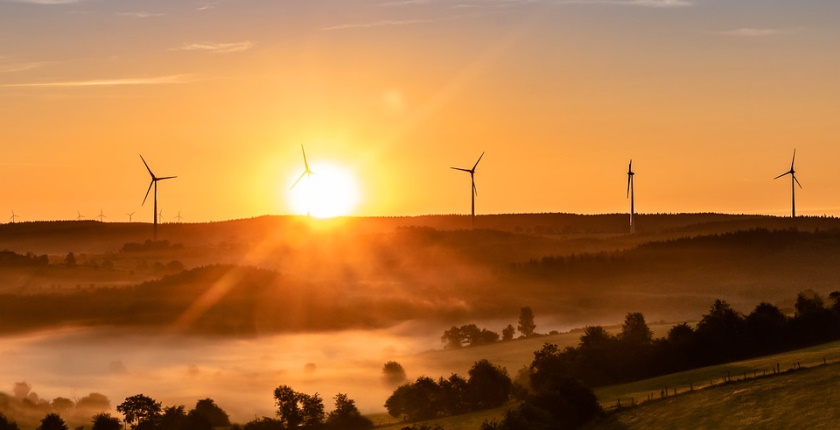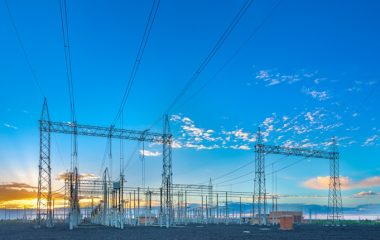
Photo: Myriams-Fotos from Pixabay
Wind and solar, the fastest-growing sources of electricity, reached a record share of 10.3% in supply last year while all clean power slipped to 37.9%, Ember found. But demand rebounded, leading to an all-time rise in coal power and emissions. IRENA said investments of USD 5.7 trillion per year are necessary to keep global warming below 1.5 degrees.
In its Global Electricity Review, energy and climate think tank Ember said the combined production of electricity from wind and solar has more than doubled since the Paris Agreement was signed. The share grew to 10.3% on a global scale from 4.6%, registered for 2015, and surpassed nuclear power for the first time, as it retreated slightly year-on-year to 9.9%.
Fifty countries are above the 10% wind and solar landmark, with seven new countries crossing the threshold in 2021 alone: China, Japan, Mongolia, Vietnam, Argentina, Hungary and El Salvador.
Keeping growth rates high is doable
All clean sources put together – hydropower, nuclear, wind, solar and bioenergy – held above coal for the third year in a row, with 37.9% against 36.5%, Ember said. The combination of wind and solar was at 9.3% in 2020.
The global electricity transition needs to sustain very high growth rates to replace coal and reduce emissions, the report’s authors stressed. Solar generation rose 23% last year, and wind by 14%. The compound growth rate in combined wind and solar must be sustained at 20% per year until 2030 to keep global warming under 1.5 degrees Celsius, the document reveals.
This is now eminently possible: wind and solar are the lowest-cost sources of electricity on a levelized basis, with ever-increasing global experience of integrating them into grids at high levels, Ember added.
Coal, emissions hit their own record highs
Electricity demand rebounded, rising by the most ever in absolute terms: 1.41 PWh from 2020 to 2021, approximately the equivalent of adding a new India to the world’s electricity demand. At 5.4%, last year’s increase was the fastest since 2010.
Despite a record rise in wind and solar generation, only 29% of the global rise in electricity demand in 2021 was met with wind and solar. Other clean electricity provided no growth, with nuclear and hydro levels unchanged for two years. Coal generation met 59% of the electricity demand rise.
Coal power rose by 9% in 2021 to 10.04 PWh, a new all-time high. It was the biggest percentage rise since at least 1985. The power sector’s carbon dioxide emissions rose to a record 778 million tons or 7%, the biggest relative jump since 2010.
“Wind and solar have arrived. The process that will reshape the existing energy system has begun. This decade they need to be deployed at lightning speed to reverse global emissions increases and tackle climate change,” Ember’s global lead Dave Jones said.
Energy transition implies USD 5.7 trillion in investments per year through 2030
The International Renewable Energy Agency also urged for a faster move toward a clean energy system. In its World Energy Transitions Outlook, IRENA sees investment needs of USD 5.7 trillion per year until 2030 including the imperative to redirect USD 0.7 trillion annually away from fossil fuels to avoid stranded assets.
“Investing in the transition would bring concrete socioeconomic and welfare benefits, adding 85 million jobs worldwide in renewables and other transition-related technologies between today and 2030. These job gains would largely surpass the losses of 12 million jobs in fossil fuel industries,” the document reads.
The share of renewable energy in total primary energy supply will have to rise from 14% in 2019 to 40% by 2030, which means the pace of growth needs to be tripled, IRENA said. The outlook sees electrification and efficiency as key drivers of the energy transition, enabled by renewables, hydrogen, and sustainable biomass, as well as a notable role for electromobility.


















Be the first one to comment on this article.